Memory Mold Tamara Vepkhvadze, Medjid Sopi, Luca Büchler, Amélie Bodenmann
Dates:
Opening: Sunday, September 29th 2024, 5–10pm
On View: September 30th – October 27th 2024
Sophie and Etienne welcome you to the first show at Hamlet after the summer break. It’s funny because years ago, I invited them to a show in Winterthur called Im Grafenhag, a project by Antonia and Julia. We didn’t know this then, but they would run Hamlet for a while afterwards. Antonia kindly invited me to the exhibition – we met at an art history class at the University of Zurich – and I brought Sophie and Etienne along. I have since dropped out of art history and they have become friends. A couple bands from Canton Zurich and their friendship led to Divided Studios: Sophie and Etienne’s curatorial project here.
Luca Büchler is showing paperclips and cloth. The cloth hides vacant artworks from previous Hamlet exhibitions. The paperclips hang from the ceiling to the floor in chains. Every chain is what you’d expect it to be, except that two paperclips are bent to form a heart or an arrow. We weren‘t sure. They could be pointing to the soul or the next room. Luca Büchler’s work is soft and tender on the eye. I guess I’m going to be bold and say that his materials feel like a pastoral landscape type of gathering for a 21st century artist. Sheep and grassland are motives, yes, but they are also a mode of apprehension. The way they sit in a painting’s frame. The way your eyes and mind feel like companionable things when you look at them. Luca Büchler’s work is like a raided Legend of Zelda dungeon. It’s in the symbols and the cloth, which, shaped by what it hides, looks architectural.
Two of Tamara Vepkhvadze’s artworks hang in the first room with Luca Büchler’s paperclips. Planks of wood with holes and nails and silicone tubes on a wall. Sometimes painted on, hastily, in various colours with thick brush strokes. Tamara Vepkhvadze’s pieces are funny. She’s like a rat or a woodpecker or a person with intrusive thoughts. I would like to see the work as the result of a girl’s fascination with the future. Maybe she liked the yellow robot that looks like a dog. She learned about it from somewhere, liked the spirit, and brought it home to her parents, maybe discussing it at the dinner table. The parents didn’t understand, simple as they were. So, she remade her ideas for them in a simple and tactile vocabulary – preserving their nature somewhere in the grammar. It’s like she pushed a robot over a cliff, and it fell down a valley, now lying on a patch of grass, looking broken and alienated.
Amélie Bodenmann’s ice sculptures, glasses and ashtrays sit on a sill. A distinct image formed a vague opinion on the pieces: Ugo Rodinone’s ligurian sea, an installation of lucid blue, goat-sized horses. Unsure of what to do with the image, I saw it as a distant relative of Amélie Bodenmann’s work. Encountering her ice sculptures requires an element of chance – they melt and become a puddle. A second image, that of birdwatching, accompanied the first as a sort of oceanic ASMR background noise. The sculptures are crisp and beautiful and surprisingly messy. One can take my two images, roll them into a blunt and smoke them. I wouldn’t mind.
Jorge Luis Borges wrote a short story titled ‘On exactitude in Science’. The author describes an empire whose cartographers become highly neurotic: making maps that copy the empire in size and detail, subsequently replacing the empire entirely. Medjid Sopi’s map works seem unbothered by this map story. If anything, they laugh in its face. Medjid Sopi masks his maps with colourful circles, odd collages, and mountains resembling raw steaks. If Borge’s story is about the scientific spirit, then Medjid Sopi’s work is about an archaeologist hypnotised by the white marble of a statue lying in a pit. School books are stacked like solid facts in the first room. And sometimes, it seems sane to insist that you are a fact.
Text by Noah Merzbacher
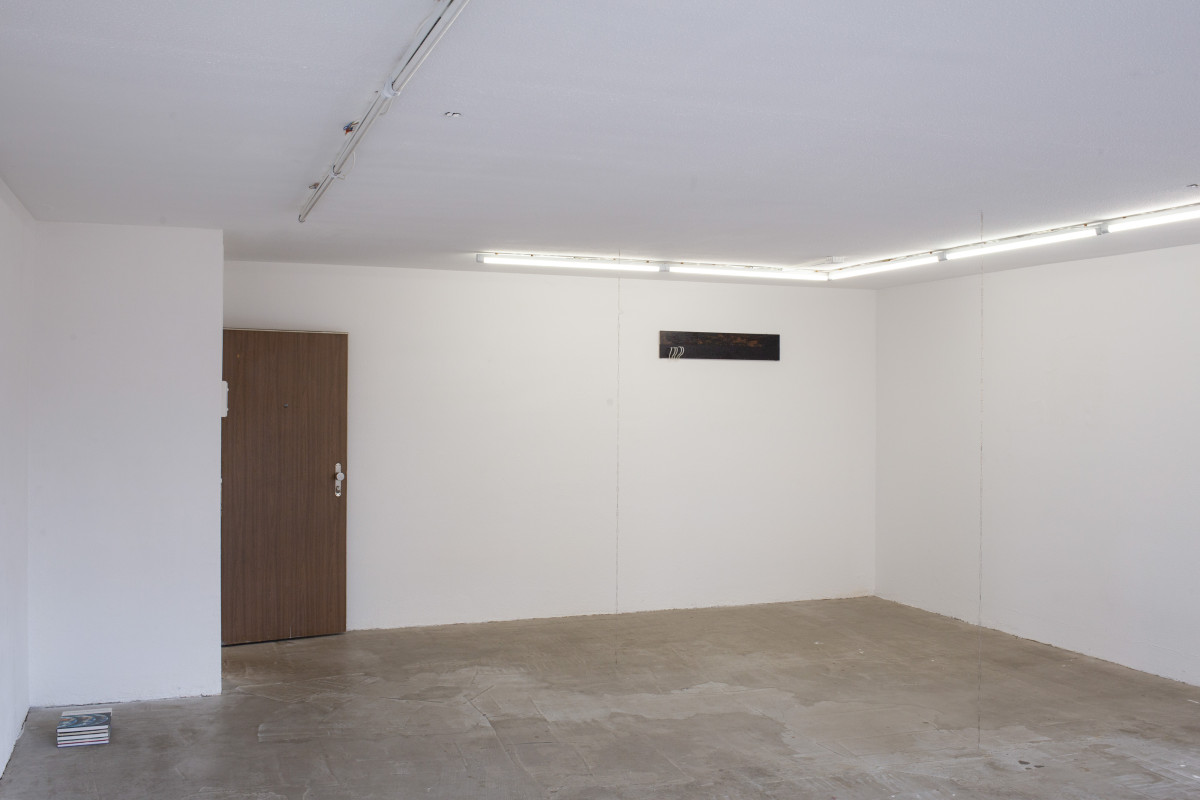




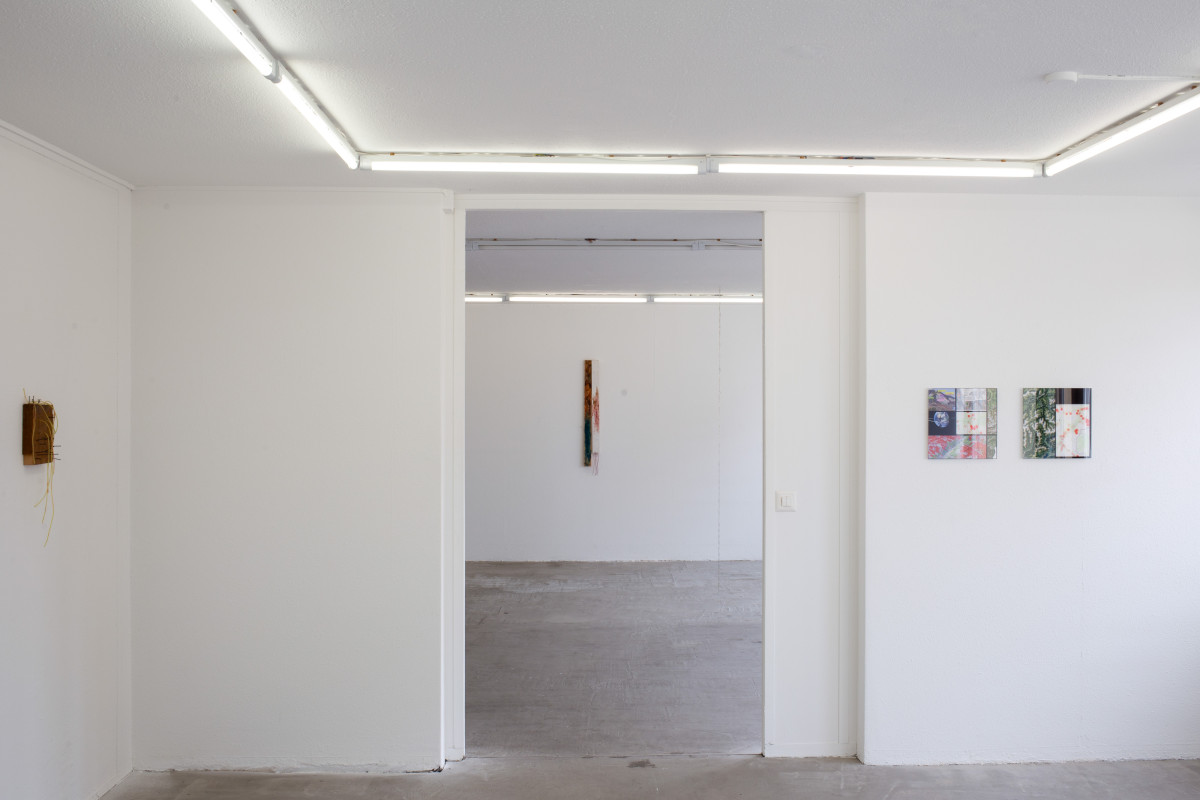


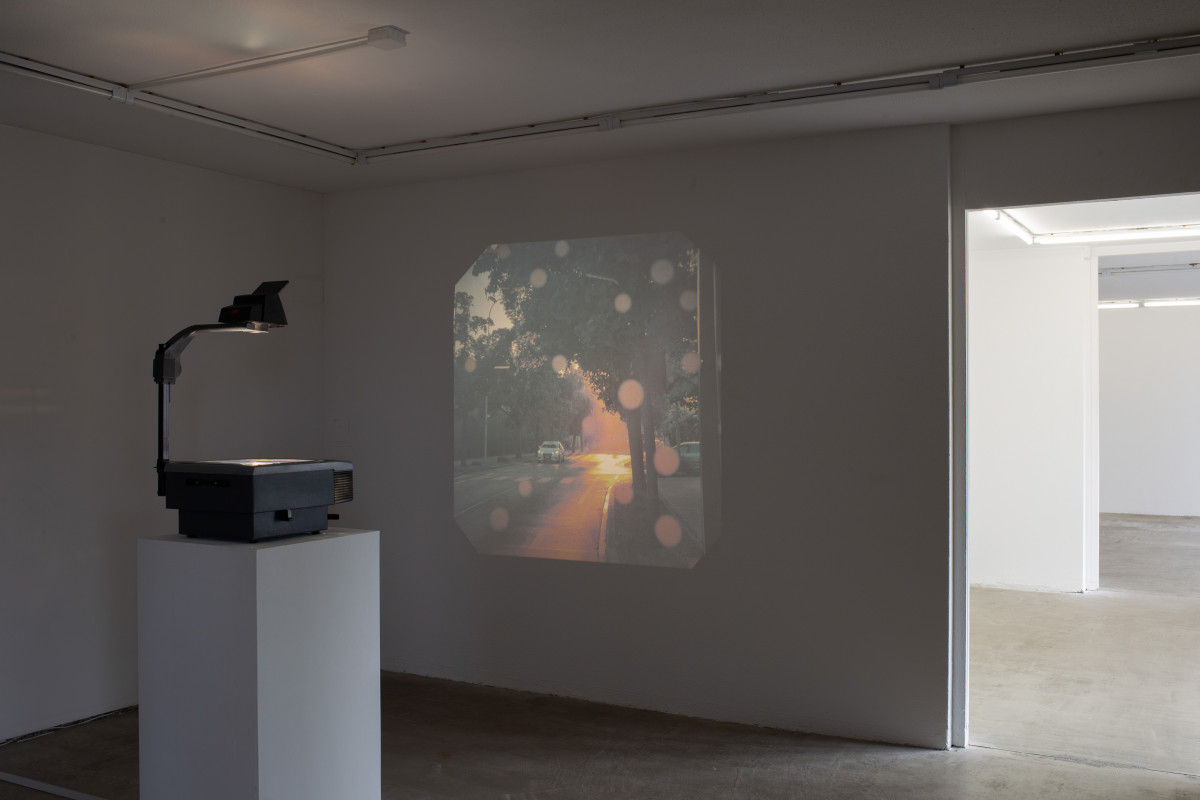








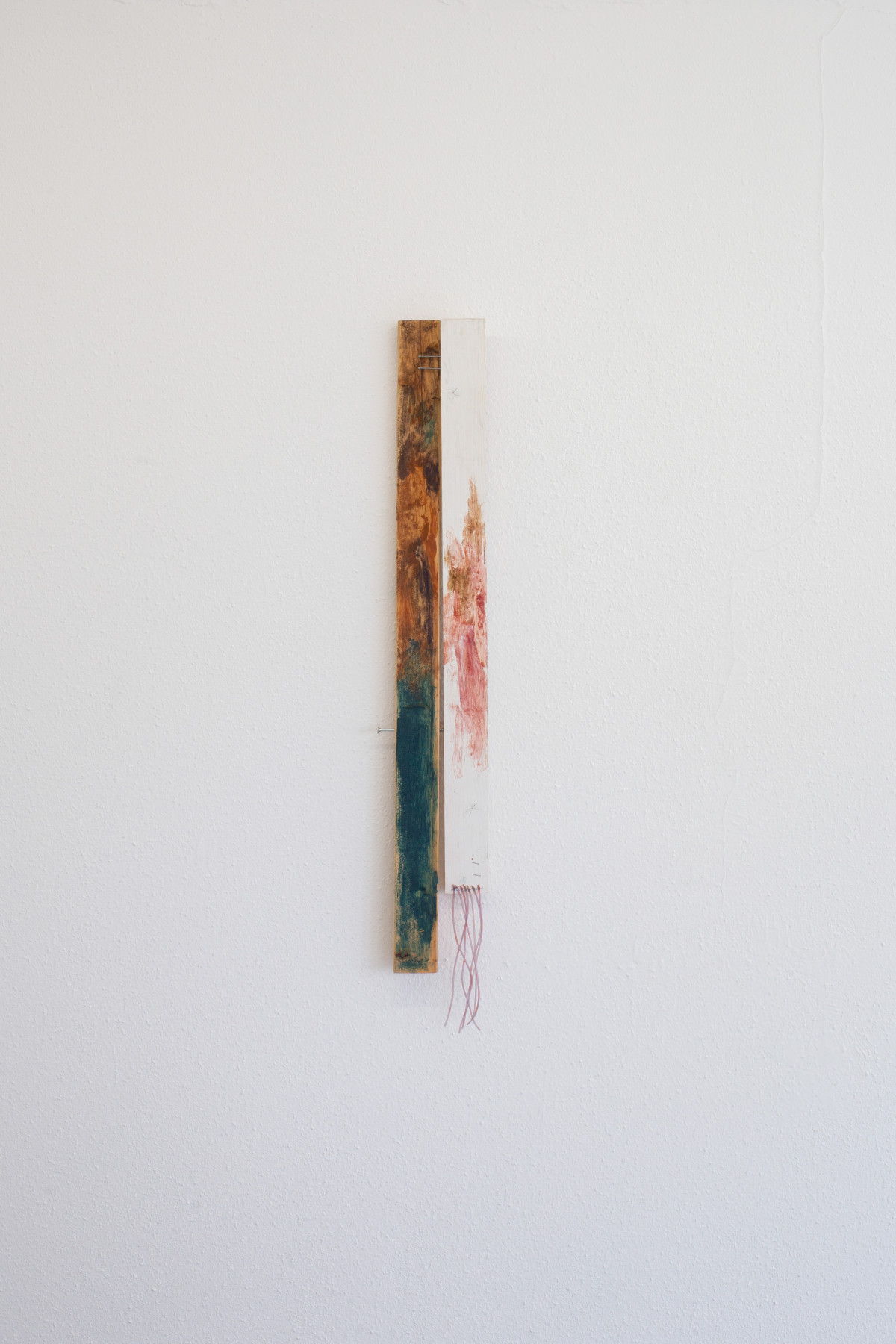


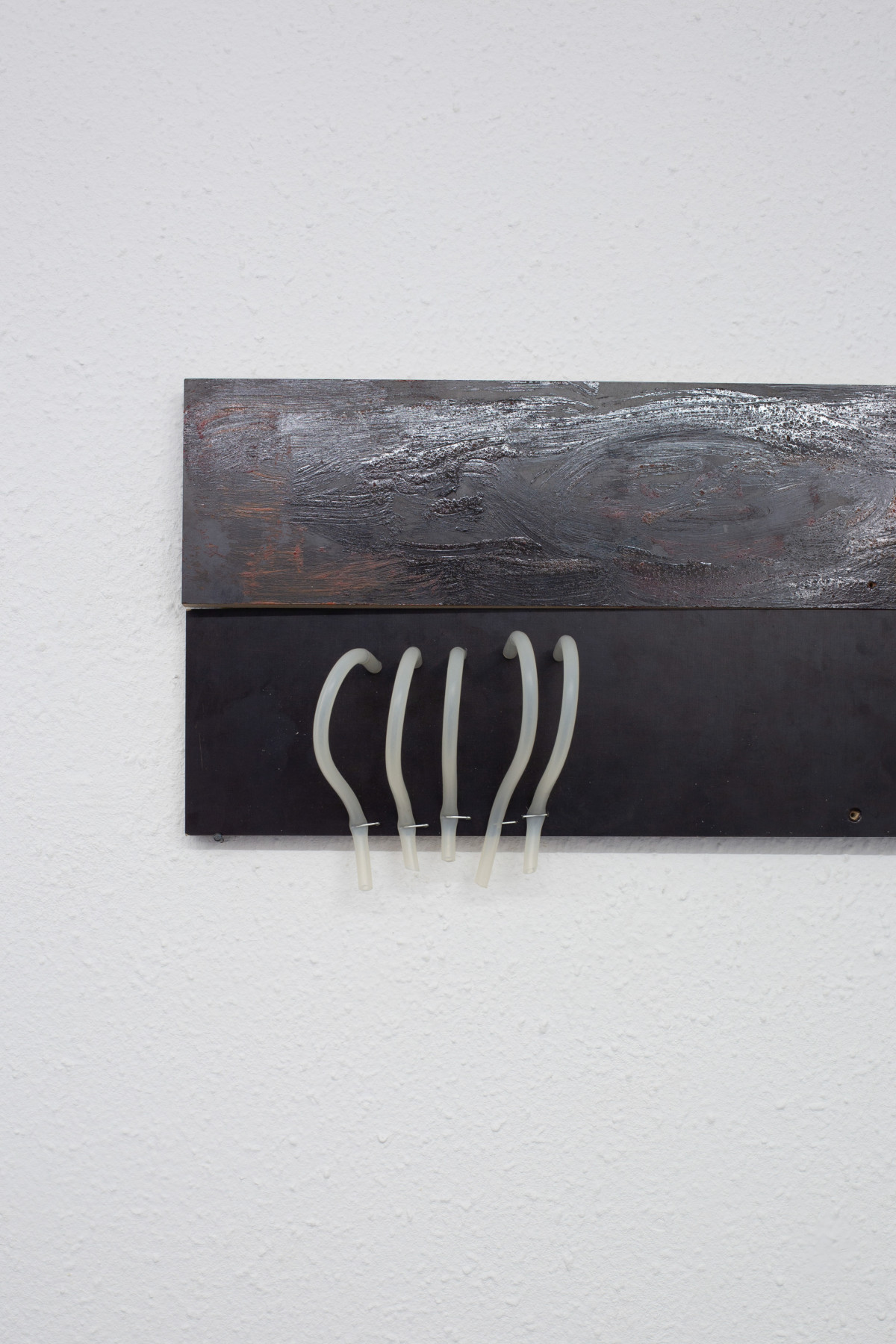




Photos by Leevi Toija.
Kindly supported by: Kanton Zürich Fachstelle Kultur, Temperatio Stiftung, Pro Helvetia, Stadt Zürich Dienstabteilung Kultur.
- Tamara Vepkhvadze, *2003 in Tbilisi, lebt und arbeitet in Zürich
- Medjid Sopi, *1999, lebt und arbeitet in Zürich
- Luca Büchler, *1996, lives and works in Zurich
- Amélie Bodenmann, *1991 in Basel, lebt und arbeitet in Basel
